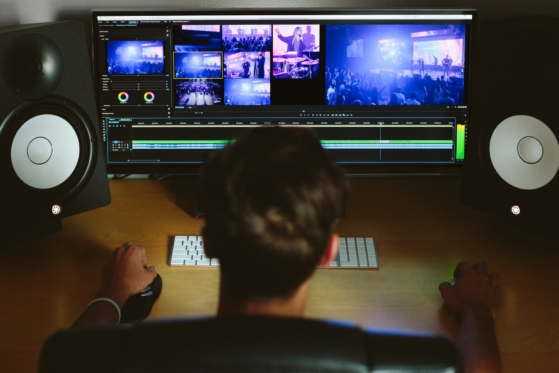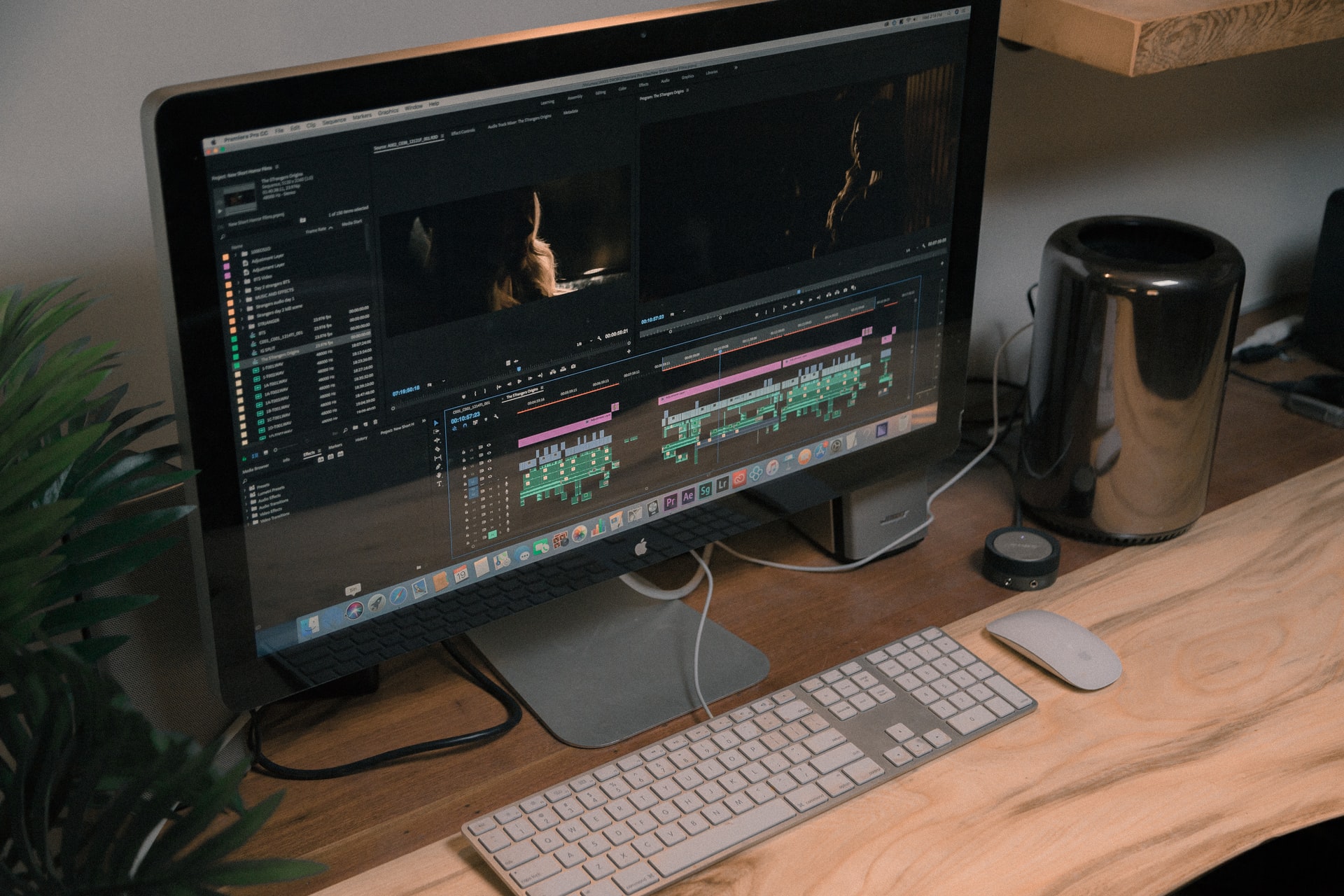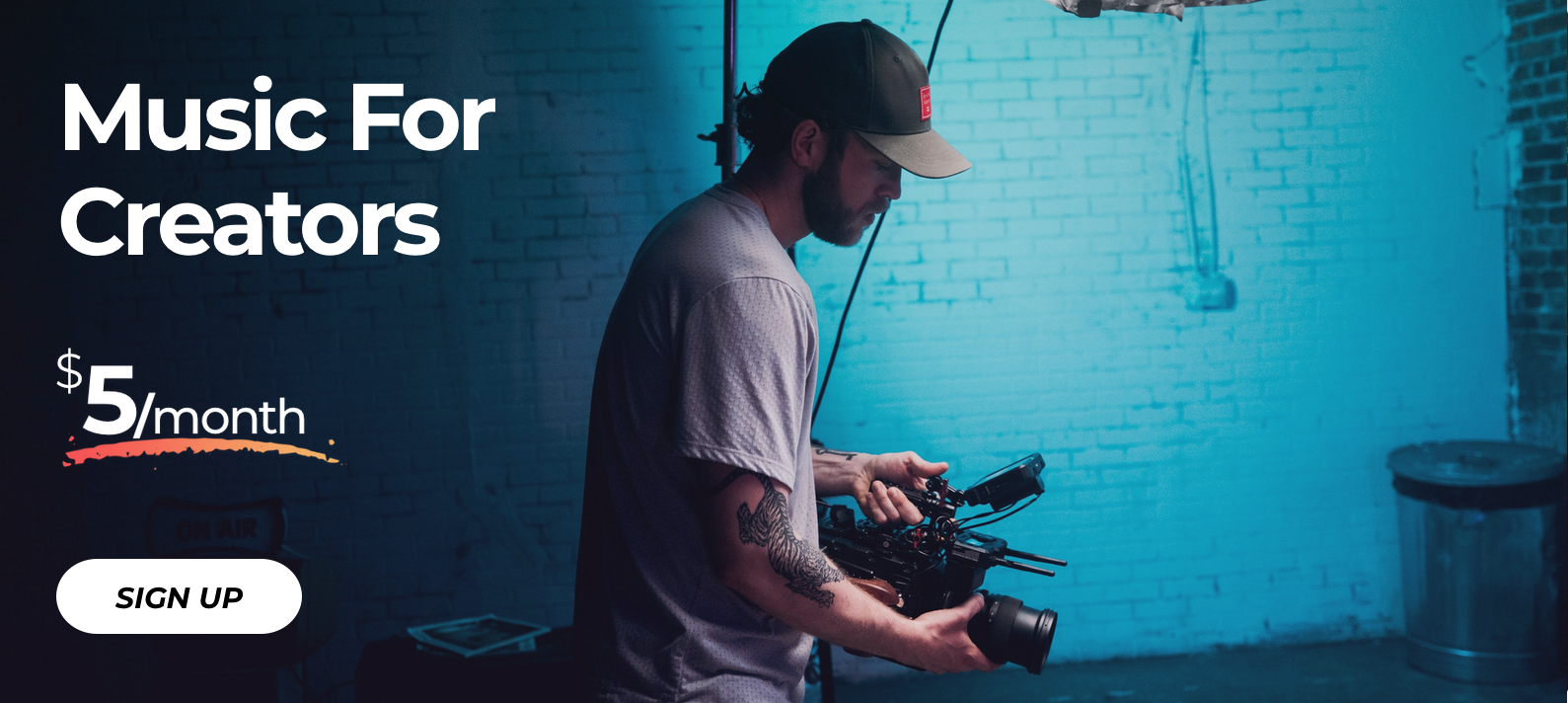4 Tips For Better Videos
Creating excellent video content demands a lot of effort. The difference between a mediocre video and one that goes viral may be the result of minor tweaks. So it’s no surprise that filmmakers are always looking for methods to enhance their technique as well as the end product. The bottom line of video creation is this: quality matters, a lot!
That’s why we’re sharing our top four tips for making better videos. These tips are easy to implement and will result in noticeably improved video quality. People experiment with new methods until they figure them out, or spend time watching YouTube how-tos. However, if you want to discover things that will enhance the quality of your videos immediately, these five suggestions can help.
If your channel is brand new, check out this guide to starting a new channel!
(1) Use Professional Editing Software
Professional editing software will give you more control over your videos and allow you to create a high-quality finished product. Video quality is improved by utilizing video software. Since most video files are huge in size and generally get larger with higher quality, this is a common practice. Because desktop computers provide us with more consistent performance and greater storage capacity, we don’t have to worry about crashes or data loss as much.
There are many excellent video editing programs available, both free and paid. All the ones listed below are paid editing programs. As the saying goes, “you get what you pay for.” Sometimes, you have to spend a little and invest in your videos if you really want them to be successful.
Here are some top video editing programs:
- VideoProc Converter
- Adobe Premiere Pro
- After Effects
- Final Cut Pro X
- Blender
It will not take much time to give your videos a beautiful new appearance with the help of a suitable video quality enhancer. So, if you’re serious about video editing, don’t use the basic software that came with your computer. Invest in a good program, like the ones mentioned above!

(2) Optimize Videos For Different Platforms
You need to make sure that your video looks good on all the different platforms that it will be viewed on. This means creating versions of your video for different screen sizes and aspect ratios. Video optimization for different platforms is key to getting your content out there. You want everyone to see your videos and content, so you will want to optimize them for multiple platforms.
Screen sizes:
If you’re not optimizing your videos for different screen sizes, you’re doing it wrong. Different devices have different screen sizes, so you need to make sure that your video looks good on all of them. The best way to do this is to create multiple versions of your video, each with a different resolution. That way, no matter what device your viewers are using, they’ll be able to see your video clearly. You can create videos with different aspect ratios for each screen size.
Aspect Ratios:
When you create videos for social media, you need to make sure that they are the right size for each platform. For example, Facebook recommends that videos be at least 720p, while YouTube suggests that videos be at least 1080p. To make sure that your video looks good on different devices, you need to use the correct aspect ratio. The most common aspect ratios are 9:16 (vertical), 16:9 (horizontal), and 1:1 (square). The 9:16 ratio is a good size for mobile-driven Instagram and TikTok platforms. The 16:9 ratio has long been the standard for video on almost every platform, including YouTube, Twitter, Facebook, and LinkedIn. The 1:1 ratio is the most common video format on Instagram.

(3) Video Accessibility
What is video accessibility? The capacity for individuals with impairments or other conditions that make it difficult for them to comprehend and appreciate online video is referred to as videos accessibility. The people who make up this group are typically those who are blind or color blind, have impaired vision, or deafness. Ensuring that videos are accessible to all audiences is not only the right thing to do, but can also be a smart business decision.
Here are three tips on how to make your videos more accessible:
1. Add captions or subtitles.
Adding captions or subtitles to your videos is one way to make them more accessible. This way, viewers who are deaf or hard of hearing can still follow along with the action. It can also be helpful for those who are watching the video in a loud environment.
2. Use clear audio.
Another way to make your videos more accessible is to use clear audio. This can be achieved by using a high-quality microphone and recording in a quiet room. It’s also important to avoid using music or other sound effects that could drown out the dialog.
3. Provide a transcript.
In addition to adding captions or subtitles, you can also provide a transcript of the dialog in your videos. This way, viewers who are blind or have low vision can still follow along. Transcripts can also be helpful for those who are trying to watch the video in a noisy environment.
Making your videos accessible doesn’t have to be difficult. By following these tips, you can ensure that your videos can be enjoyed by all viewers.
(4) Quality Royalty Free Music
Adding music to your videos can make them more engaging and entertaining. However, finding the right music can be a challenge. You want to find something that fits the mood of your video and compliments the visuals. You also want to make sure that you have the rights to use the music in your video.
Finding the right music can be hard, however you have come to the right place! You can browse and license all the best royalty free background music here.
In addition to that, background music in your videos helps to keep people interested, resulting in a more entertaining environment. It can also be used to amplify, tone down, and break down particular portions of the video and/or elicit the proper feeling.





